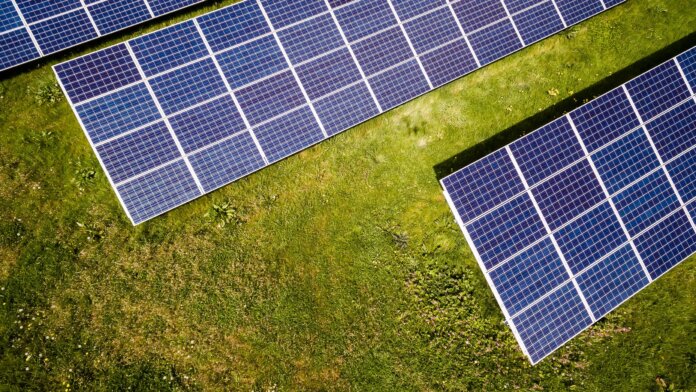
The European Commission has presented the REPowerEU Plan, its response to the hardships and global energy market disruption caused by Russia’s invasion of Ukraine. There is a double urgency to transform Europe’s energy system: ending the EU’s dependence on Russian fossil fuels and tackling the climate crisis.
The REPowerEU plan’s Recovery and Resilience Facility, (RRF), is at its core. It facilitates coordinated planning and funding of cross-border and nation infrastructure as well energy projects and reforms. The commission proposes to make targeted amendments to the RRF Regulation to integrate dedicated REPowerEU chapters in member states’ existing recovery and resilience plans (RRP), in addition to the large number of relevant reforms and investments which are already in the RRPs. This process will be informed by the country-specific recommendations made in the 2022 European Semester cycle.
The rapid scaling-up and acceleration of renewable energy production in power generation, industry and buildings will help to accelerate independence and the green transition. It will also reduce prices over time. The Fit for 55 package proposes increasing the 2030 renewables target from 40% to 45%. This overall increase in ambition will set the stage for other initiatives such as a dedicated EU Solar Strategy that will double solar photovoltaic capacities by 2025 and create 600 GW of solar power by 2030. A solar rooftop initiative that includes a phased-in legal obligation for solar panels to be installed on new commercial and residential buildings. The rate of heat pump deployment will be doubled. There will also be measures to integrate solar thermal energy into modernized district and communal heating systems.
Other recommendations of the commission include addressing slow and complex permitting for major projects in renewable energy, and a targeted amendments to the Renewable Energy Directive to recognize that renewable energy is an overriding public concern. Dedicated ‘go-to’ areas for renewables should be put in place by member states with shortened and simplified permitting processes in areas with lower environmental risks. To help quickly identify such ‘go-to’ areas, the commission is making available datasets on environmentally sensitive areas as part of its digital mapping tool for geographic data related to energy, industry and infrastructure.
Delivering the REPowerEU objectives requires an additional investment of €210 billion between now and 2027.
You can find more information about the plan here.
Image: Photo by Andreas Gücklhorn on Unsplash
